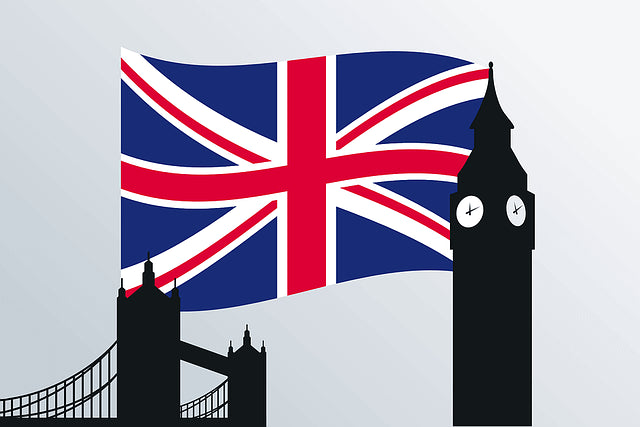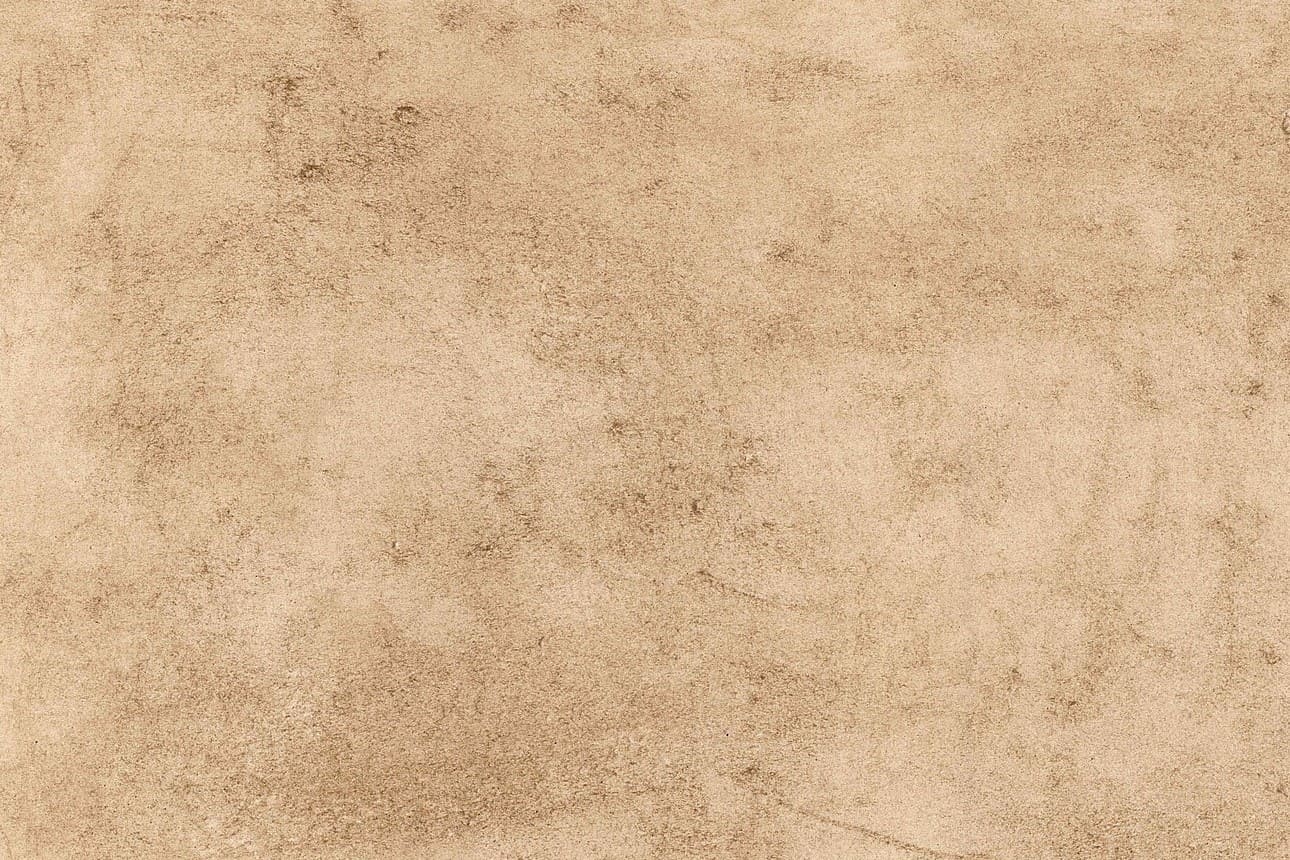Periodization of British Antiques
Posted by WATANABETAIGA

What is a period classification?
A period classification is a term used to categorize antiques by their respective manufacturing years into different eras.
The British period classification is named after the monarchs who ruled during those times.
Since the historical background and the tastes of the reigning monarch greatly influence the style, the styles change with each era.
The four representative British antique styles are as follows.
1. Georgian (1714-1811)
2. Regency (1811-1837)
3. Victorian (1837-1901)
4. Edwardian (1901-1918)
There are older styles such as "Baroque" and "Tudor," but since there are few surviving antiques from those periods and we rarely handle them in our store, they are omitted here.
1. Georgian (1714-1811)
In 1714, the Stuart dynasty ended, and George I, who was brought from Germany, ascended the throne.
Because four kings named "George" ruled consecutively, this era is called the "Georgian" period.
However, the period of George IV from 1811 to 1837 has a quite different style and is often separated as the "Regency" period, which will be explained later.
During this time, Europe was modernizing, and Britain especially experienced remarkable development through the Industrial Revolution, trade, and colonial rule.
The British porcelain industry, including Wedgwood, greatly advanced due to tea and ceramics brought from India through the East India Company.
Silverware technology was significantly developed by Huguenot (Calvinist) craftsmen who fled from France in the 17th century.
Glasswork also evolved from the previously dominant Venetian glass to crystal glass invented in Britain.
This era was when Britain, which had lagged behind in the arts, still retained influences from continental Europe such as France and Italy, while establishing the foundation of a distinctly British style.
2. Regency (1811-1837)
The term "Regency" means "regent," referring to the period from 1811 to 1820 when the Prince of Wales, later George IV, governed as regent due to King George III's illness.There are various ways to divide this period, but here it includes the reign of George IV from 1820 to 1830 and that of his brother William IV from 1830 to 1837, all considered the "Regency era."
George IV was famous as a spendthrift, not only exhausting the royal family's wealth but also incurring huge debts.
From his time as Prince of Wales, he spent lavishly as a patron of architecture and the arts, ironically greatly advancing British culture.
The architecture, furniture, and decorations created with utmost luxury are very refined, and their beauty is universally recognized.
3. Victorian (1837-1901)
Queen Victoria ascended the throne at age 18 in 1837 and reigned as the British monarch for 63 years until her death in 1901.
During this era, Britain expanded its colonies worldwide and reached the peak of its prosperity.
As a reaction to the extravagance of the Regency era, which provoked public backlash, a sober, earnest style became preferred.
Queen Victoria married Prince Albert in 1840, had nine children, and built a happy family, but after the death of her beloved husband in 1861, she mourned for 40 years, reportedly wearing black in public.
Sometimes the period up to around 1870 is called Early Victorian, and from 1871 onward Late Victorian.
Early Victorian styles were revivalist, including Gothic Revival reflecting medieval Gothic styles and Neoclassical imitating Greek and Roman eras, often featuring highly decorative designs.
In the Late Victorian period, the middle class, enriched by the Industrial Revolution, rose to prominence, and mass production spread interior and craft items to many people.
Because Queen Victoria was in mourning, excessive decoration like in the Early Victorian period was toned down, and simpler, more practical designs became common.
Due to mass production, these items are relatively easy to obtain as antiques and offer a wide variety of designs, making this a representative era of British antiques.
4. Edwardian (1901-1918)
This term refers to the era after Edward VII ascended the throne in 1901 following Queen Victoria.
In the antique world, it generally refers to the period up to around the end of World War I in 1918.
While the Late Victorian period had a heavy atmosphere due to Queen Victoria's mourning, the Edwardian era brought a brighter, more casual image.
Industrialization and mass production advanced further, resulting in many simple designs that fit easily into daily life, and industrial design elements emerged.
Conversely, the Arts & Crafts movement led by William Morris, which arose as a reaction against excessive industrialization and mass production, was also popular during this time.
Summary
Period classifications are broad divisions based on the historical background of the era, so not all items from that time necessarily fit perfectly, but understanding this historical flow deepens appreciation of antiques.
Besides period classifications, there are also divisions based on design styles such as "Rococo," "Neoclassical," and "Art Nouveau," which will be covered in another article.











